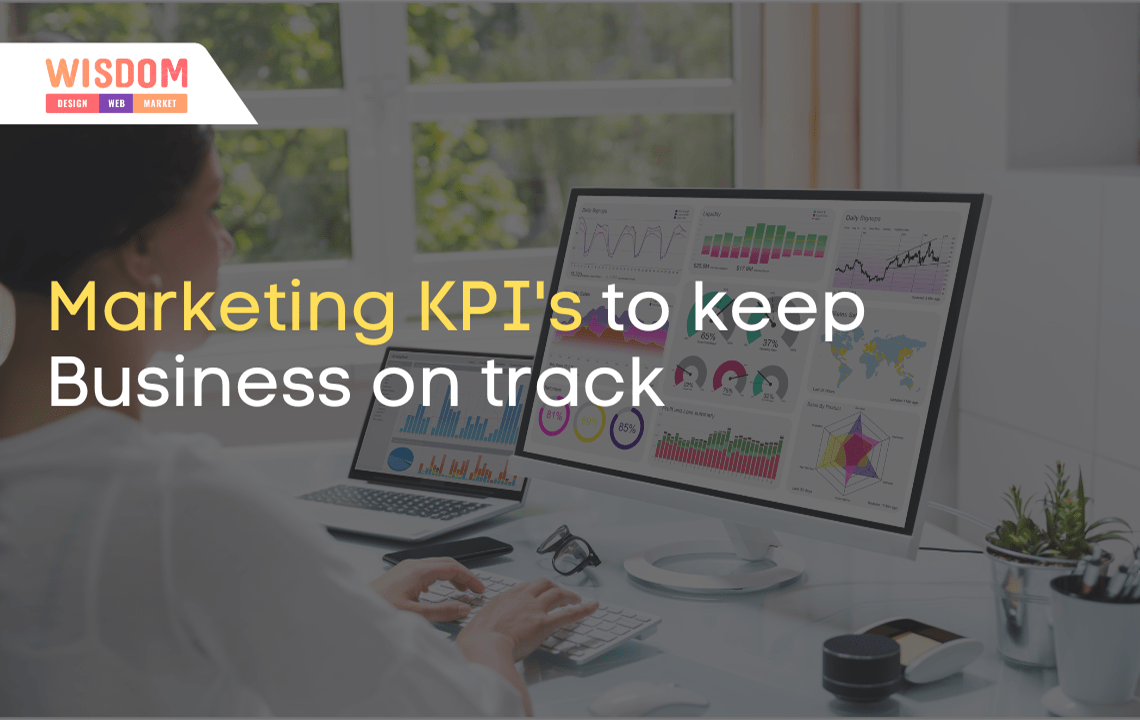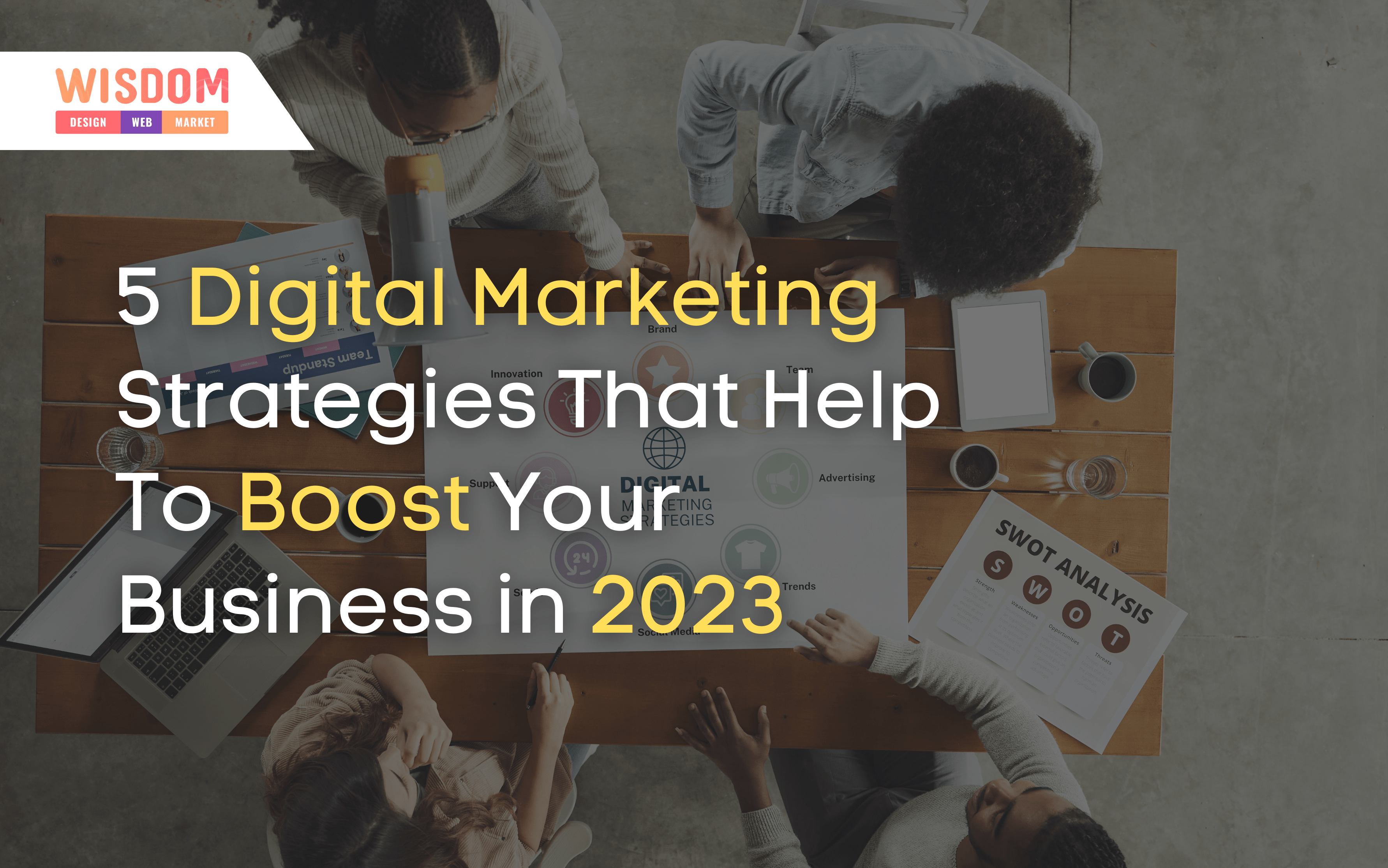
15 Marketing KPIs You Should Be Measuring to Keep Your Business on the Right Track

1. Sales and Growth
2. Leads
It’s basic math. The more leads you get the more deals open doors you have and the more deals open doors you have the better your odds of offers development. The significance of prompts showcasing and deals division is similar to the significance of something like fuel to a car—it’s what drives them. Not all leads are made equivalent be that as it may. Make certain you’re acquainted with the distinction between Marketing Qualified Leads (MQLs) and Sales Qualified Leads (SQLs). These are essentially extraordinary lifecycle phases of a similar lead.
An advertising qualified lead (MQL) is a leader who made a decision about binding to turn into a client contrasted with different leads dependent on lead insight. MQLs are those individuals who have raised their hands (state by downloading an eBook or whitepaper) and recognized themselves as more profoundly connected with, deals prepared contacts than your typical leads, yet who have not yet turned out to be completely fledged changes (source).
A business-qualified lead (SQL) is one that your business group has acknowledged as deserving of immediate deal development (source). SQLs have been screened a lot further and demonstrate a prospect that is prepared to settle on a choice. Understanding the cooperative energy between both MQLs and SQLs is essential toward understanding your organization’s Leads to Close proportion—which is the number of leads you’ve gotten over a particular timeframe isolated by the real measure of leads you’ve shut.
3. Lifetime Value of a Customer (LTV)
Determining exactly how much your clients are worth to you appears somewhat overwhelming, notwithstanding, that is no reason not to know it. This KPI is an incredible method to measure your organization’s ROI, and it’s a brilliant figure to help strategize future business objectives. While not correct, making sense of the lifetime estimation of a client includes making sense of all business your normal client has started through the span of your relationship. Income is the cash an organization gets during a specific monetary period. Income is determined by increasing the cost at which merchandise or administrations are sold by the number of units or sums sold. All-out income ordeals aren’t equivalent to benefit.
Net edge speaks to the level of complete deals income that an organization keeps as a gross benefit in the wake of deducting the expenses legitimately identified with delivering the merchandise or administrations sold. You can figure the net edge by subtracting the expense of merchandise sold from the all-out deals income and after that separating by the complete net deals. For instance, an organization with a gross edge of 40 percent holds $0.40 for each dollar of income it gets. You can ascertain the net edge for your entire organization as well as for every product offering, which is the place this figure is particularly significant.
Example
Suppose you’re a B2B organization and you offer mechanical gear to different organizations. Suppose your organization sells a modern quality dryer for $20,000. The income on the closeout of the dryer is $20,000. In any case, your gross edge on that item is 35%. Presently how about we expect this to be a onetime buy and it’s not likely the client will purchase whatever else from you until kingdom come. The lifetime estimation of this client would be: $20,000 (Revenue) x 35% (Gross Margin) = $7,000
In any case, in the situation where rehash buys are average this estimation changes. Suppose we’re in the circumstance sketched out above, selling modern quality dryers for $20,000 a pop. Presently how about we accept that in the client’s lifetime they will purchase by and large five dryers? The lifetime estimation of this client would be $20,000 (Revenue) x 35% (Gross Margin) = $7,000 x 5 = $35,000.
4. Cost of Customer Acquisition (COCA)
5. Sales or customer support Team Response Time
6. Site Traffic to Website Lead Ratio
This is truly direct. Of all your site guests, what number of them convert and become leads? This KPI is useful for estimating two things:
- The nature of your site’s traffic
- The change rate of your site
What is significant here is to get a benchmark, what is this proportion presently? What’s more, what would you be able to do to improve it? Ordinarily, concentrating on improving the site’s transformation rate is a simple method to improve this proportion. The accompanying channel realistic gives a review to this KPI just as the following a few Marketing KPIs.
7. Site Lead to Marketing Qualified Lead (MQL) Ratio
For all the site leads produced, what number of gets elevated to MQL status? This measurement will enable you to comprehend the nature of the leads your showcasing is creating. Do you have a low proportion where not many of your leads at any point become showcasing qualified? Assuming this is the case, you ought to presumably take a gander at the nature of your site traffic.
8. MQL to SQL Ratio
For all your MQLs, what number of gets elevated to SQL status? This measurement takes a gander at the collaboration between the advertising group and the business group. On the off chance that there are unmistakable correspondence and comprehension between these two groups, you can anticipate that this proportion should be high. In any case, there is regularly a distinction between these groups prompting contradiction with regards to the nature of the leads advertising is producing or the consideration they get once deals have them. The reality of the situation might prove that promoting is producing a huge amount of leads however deals aren’t working them bringing about a low MQL to SQL proportion. You, obviously, don’t know any of this on the off chance that you are not estimating this KPI.
9. SQL to Quote Ratio
10. Cited to Closed Customer Ratio
11. Site Traffic
These are the general population visiting your site. They are the potential leads that transform into potential clients. Is there any valid reason why you wouldn’t have any desire to find out about them? Becoming more acquainted with your site traffic is tied in with discovering who these individuals are, the place they’re from and what they did once they got to your site. The majority of this data can enable you to decide one exceedingly significant snippet of data: what it is they need from you. Knowing this encourages you to foresee and envisioning your potential client’s needs is the thing that promoting is about. Site traffic is most likely excessively conventional of a term, be that as it may. The possibility of site traffic comprises of numerous things—which are all exceptionally quantifiable and intensely identified with commitment. They include:
- Sessions
- Users
- Page sees
- Page per Session
- Average Session Duration
- Bounce Rate
12. Online life Reach and Engagement
13. Email Marketing Performance
Your email promoting system is basically your help to your client, besides internet-based life obviously. Accordingly, every email promoting effort ought to be judged, investigated, judged again and further dissected. Examining your email showcasing procedure is multifaceted, notwithstanding, and incorporates its own arrangement of KPIs that ought to be analyzed without anyone else merits. Models include:
- Delivery Rate
- Unsubscribe Rate
- Open Rate
- Click-Through Rate
- Conversion Rate
- Forward/Shares



